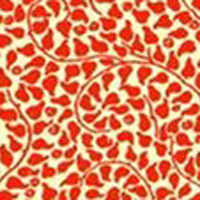
Shape the Truth
Shape the truth. Writing is both art and verisimilitude both. We have to hold the possibilities of truth and invention together in the exact same story. This is true for fiction, non-fiction, plays and poems. Just because something actually happened to you does not mean that it will make a true story, or even a good story. Just because someone said it in “real” life doesn’t make it superior. Just because someone says it is true, doesn’t mean that it’s actually true. Truth lies beyond the actual state of a matter. Truth lies beyond the mercenary nature of facts. (“Truth” has sent so many young people to war. Don’t let it send you…. unless you go with a pen). No, you must invent the truth. And this truth must have texture. It must be complicated, layered, even frustrating. It must be felt. It can be astounding, it can be confounding. It should say the things we knew, but hadn’t yet made sense of. It should give us pause. It should make us nod. It should give us silence. This is not about lying, it is about shaping, moulding, guiding. It has to happen on the page. It has to be true to your spirit of invention. Don’t be too logical. Logic can paralyse us. Allow your characters to surprise you. When it seems they should go right, send them left. When they appear too joyful, break them. When they want to leave the page, force them to stay a sentence longer. Complicate them. Conflict them. Give them forked tongues. This is what real life is all about. Once invented, it is then real. Tom Joad is real. Leopold Bloom is real. Mrs. Dalloway is real. Tristram Shandy is real. Or at least as real as the seven billion people in this world whom you haven’t yet met.
